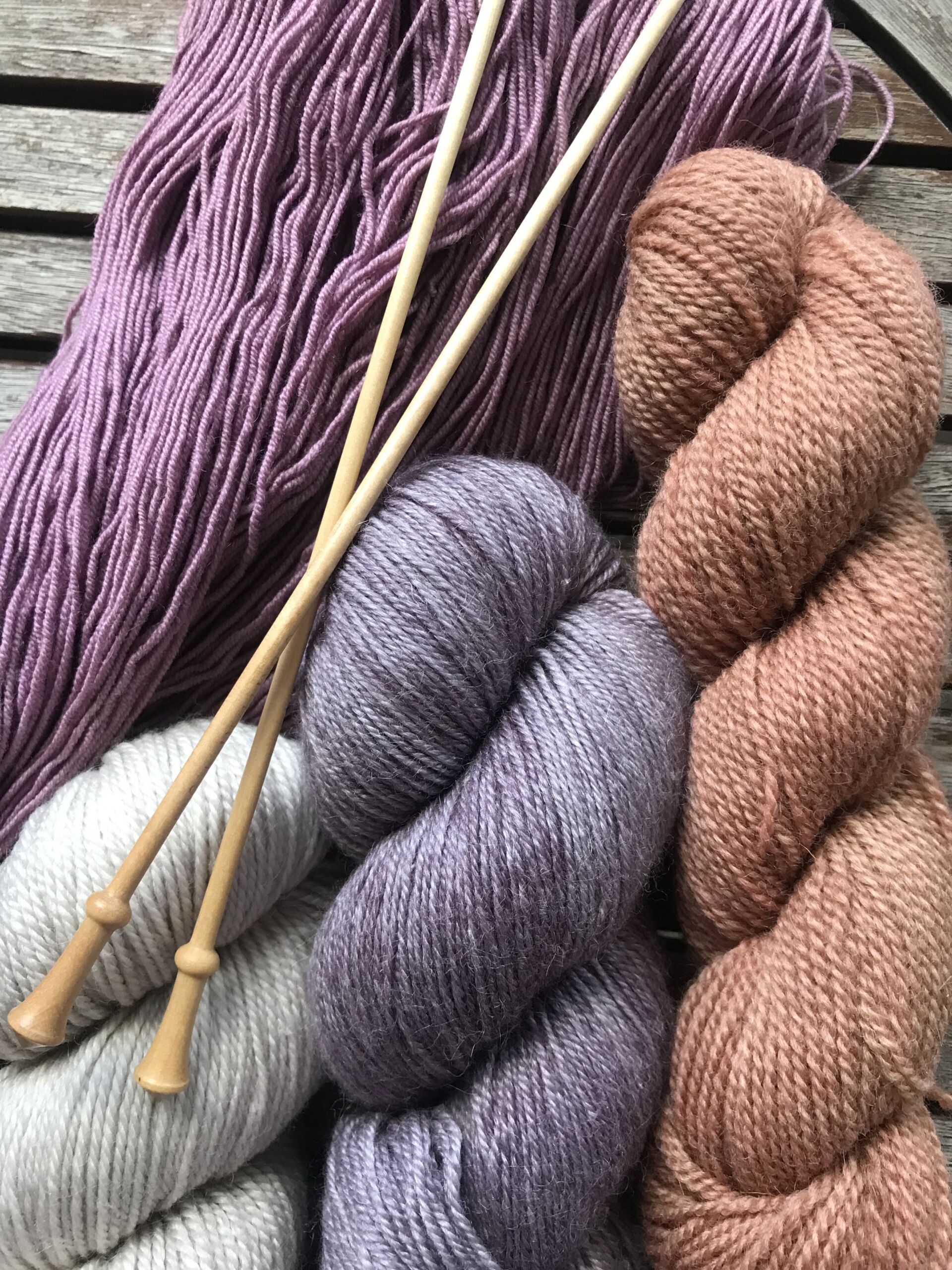So you’ve written up your design and you’re ready to have your pattern tested. Next step: sign up test knitters. So where do you find potential test knitters, and how can you foster a positive test knitting experience, so they will hopefully want to return and test for you again?
I have a couple suggestions to help get you started.
Cast a Wide Net
Finding test knitters can be tricky, but there are a lot of opportunities to connect designers with test knitters. I recommend exploring as many as possible, especially if you’re trying get your designs in front of new tester knitters you haven’t connected with before. Posting your tester call on your social media can be a great option; a lot of people find test knitting opportunities through designers’ posts. If you feel comfortable doing so, ask your friends and followers to share your tester call announcement to reach a wider audience. If you have a newsletter or blog, this is also a great place to make tester call announcements. Remember to include enticing photos of your project so it will catch people attention. If you’re sending an email newsletter, think about putting ‘tester call’ in the subject line, so your call doesn’t get lost in your followers’ inboxes. There are also some good third party organizations out there that strive to connect designers and testers. Yarnpond is an example; they offer the ability to post your design to a test knitter community.
Be Clear With Your Expectations
No one likes surprises when it comes to what’s expected of them, or what they’re agreeing to. As a designer, you can make sure testers are comfortable throughout the process by being clear with your expectations up front. This includes timeline, responsibilities of the designer and the tester, a plan for communication throughout the test knit process, and expectations of feedback and sharing. It’s best to be as clear as possible about your expectations in the tester call, and to double check with individual testers before accepting people to your test knit team. Responsibilities of the designer might include: establishing a means of communication among testers, regular check ins, availability for pattern support and to answer questions. Your expectations of the test knitter might include: providing feedback as they work through the pattern and/or at the completion of their test, sharing in the group discussion and/or sharing publicly on their social media. You’ll also want to be crystal clear about financial aspects of the arrangement, for example: will testers provide their own yarn or is yarn support provided? It’s also crucial to be clear about timeline. If you’re designing for a publication, the timeline is often fixed; self-publication typically has a more flexible schedule, but you’ll want to be able to plan your design process and stick to it. I find it helpful, even if I’ve listed the timeline in the tester call (which I always do), do double check that the timeline will work for individual testers before adding them to the test group. Setting clear expectations early in the test knitting process sets up both the designer and the testers for a collaborative experience.
Show Appreciation
- A little appreciation goes a long way! Everyone likes to hear that their work is helpful, valuable, and appreciated. As the designer, you’re leading a team in your design’s test knit phase – you set the tone for the group. Test knitters are a crucial element of the design development process; they provide the feedback you need to make sure your pattern is ready for publication or sharing. Appreciation can take many forms. Some approaches I use include weekly check ins with the testing group, showing enthusiasm for testers progress, and regularly sharing ‘tester appreciation’ posts on my social media. I also make a point to send individual thank you emails to each tester when the project wraps up. There’s no right way to show appreciation, but if you put in the effort to build relationships with your testers and to let them know you appreciate their time and energy, you’re much more likely to build a reliable team of testers ready and waiting to take on your next design.
Building a reliable and enthusiastic test knitter group takes time and commitment, but it’s 100% worth the effort!

